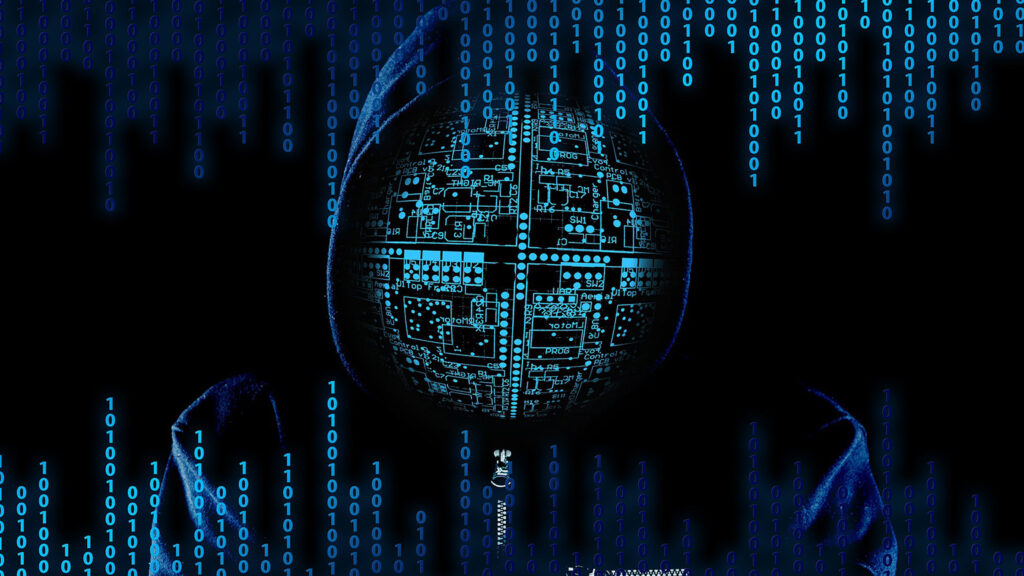Menu
Subscribe
Subscribe
& Follow
Subscribe to my podcast
Latest Episode






